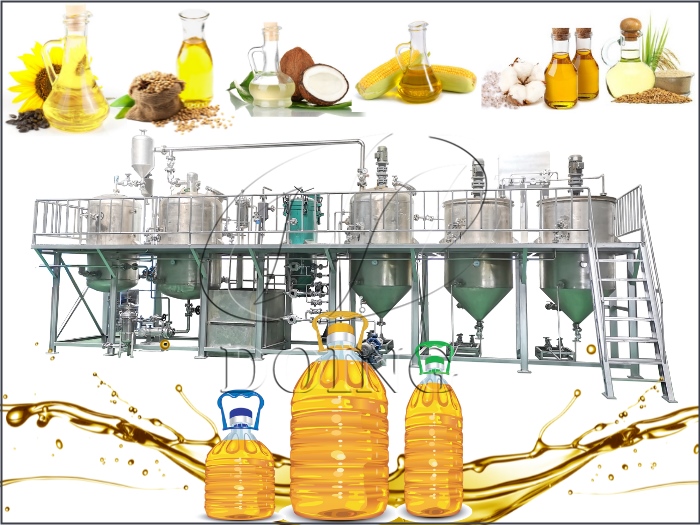Solid oil is one of the most widely used types of oil in cooking and food industry. The production of this type of oil requires precise industrial processes.
Raw materials
The raw materials used to produce solid oil usually include vegetable oils such as soybean oil, palm oil, or sunflower oil. These oils must have high quality and sufficient purity so that the final product meets the required standards.

Hydrogenation process
One of the main stages of solid oil production is hydrogenation. In this process, hydrogen molecules are added to the liquid oil to change its chemical structure and turn it into a solid. This is done in the presence of a catalyst (usually nickel) and under controlled temperature and pressure. After the hydrogenation process is completed, the catalyst must be separated from the oil, usually using industrial filters or other purification methods.
Refinement and quality improvement
Hydrogenated oil may still have an unpleasant color, odor, or taste. Therefore, purification processes such as deodorization, decolorization and removal of impurities are used. This stage plays a key role in improving the quality of the final solid oil.

Adding additives
To increase the stability and shelf life of solid oil, additives such as antioxidants (such as vitamin E) are added to it. These substances prevent oil oxidation and prevent its premature failure.
Final packaging
In the last step, the solid oil is packaged in various packages, such as cans or plastic bags, and is ready to be marketed. This packaging should be designed to prevent the penetration of air and light in order to maintain the quality of the oil.
Advantages and disadvantages of solid oil
Solid oil is suitable for frying due to its high smoke point and has a longer shelf life than liquid oils. It also gives a special taste and texture to some foods. However, it contains trans fatty acids, which are harmful to health and may increase the risk of cardiovascular diseases. Therefore, it is recommended to consume these types of oils in a controlled and balanced diet.

The difference in nutritional value of solid and liquid oil
Solid oil and liquid oil have important differences in terms of nutritional value. Due to the hydrogenation process, solid oil contains trans fatty acids, which can lead to an increase in bad cholesterol (LDL) and a decrease in good cholesterol (HDL). This increases the risk of cardiovascular diseases. In contrast, liquid oils tend to have more polyunsaturated fatty acids, which are more heart-healthy and can lower bad cholesterol.
Also, liquid oils, such as olive or canola oil, are rich in omega-3 and omega-6 fatty acids, which help improve brain function and reduce inflammation in the body. However, solid oil has a higher smoke point and is more suitable for deep frying, while some liquid oils may degrade at high temperatures and produce harmful compounds. The choice between these two types of oil should be made based on the type of use and nutritional needs.
